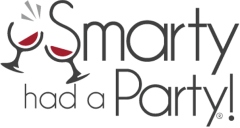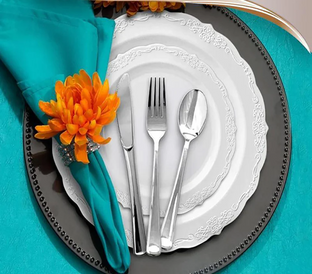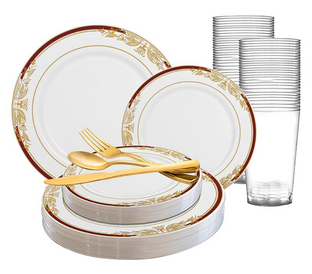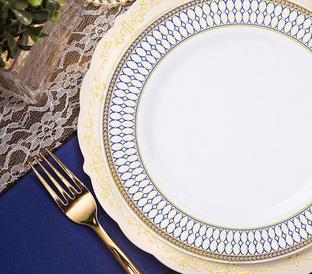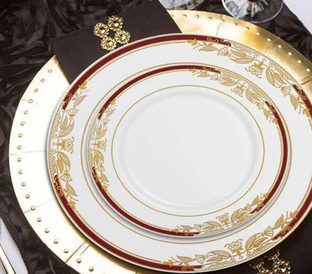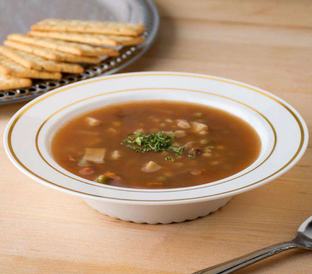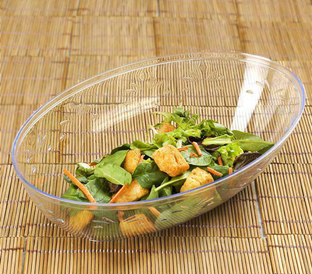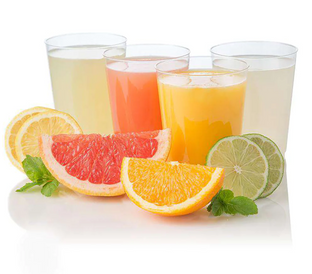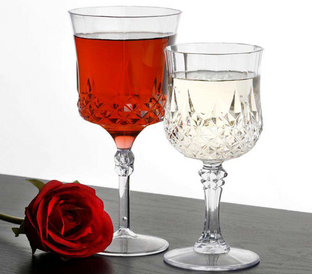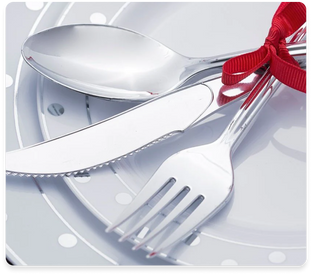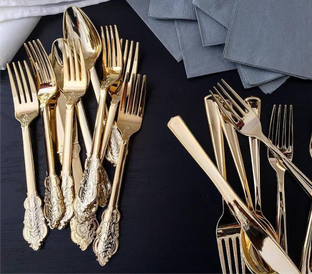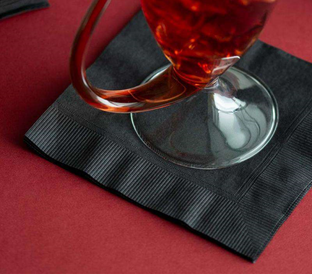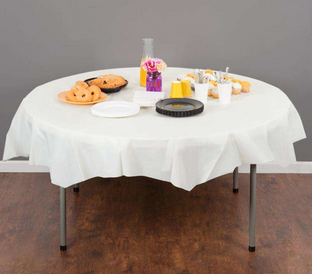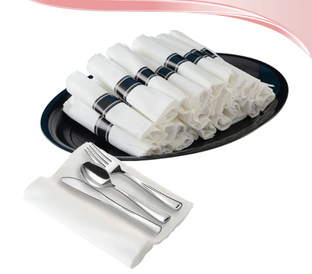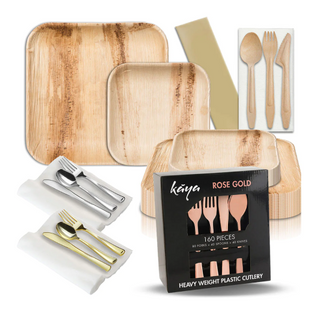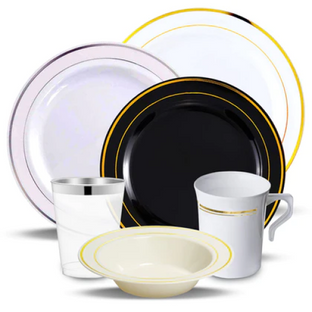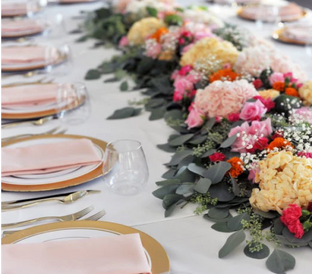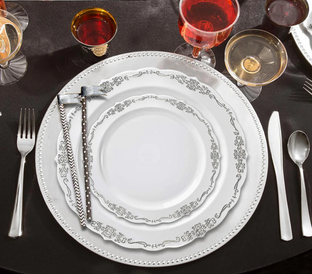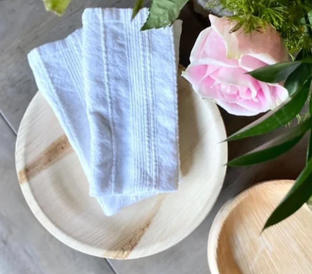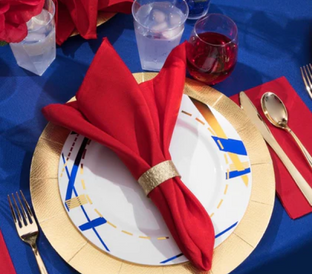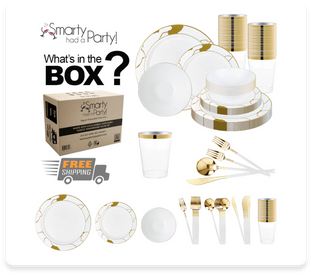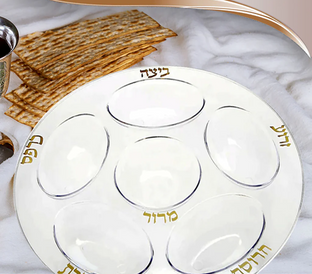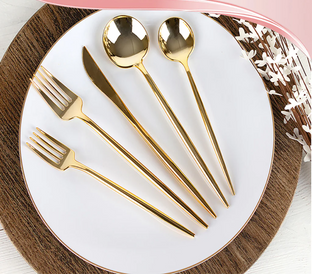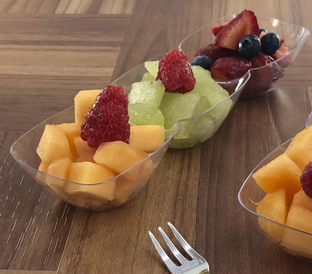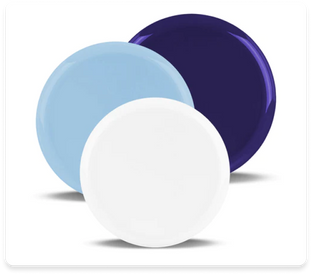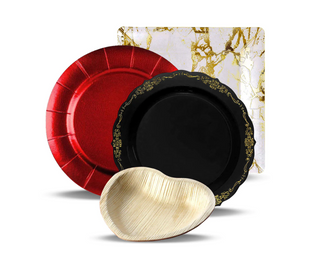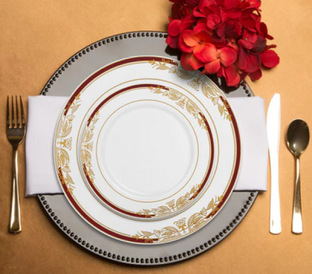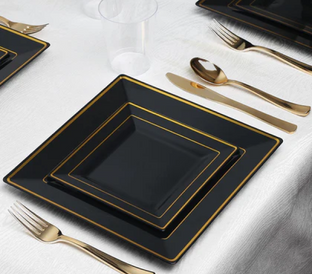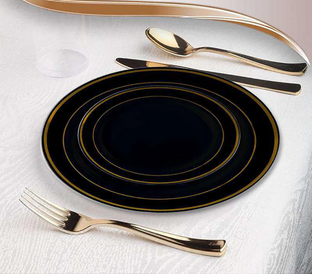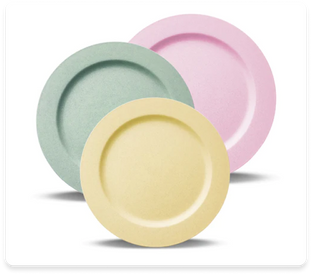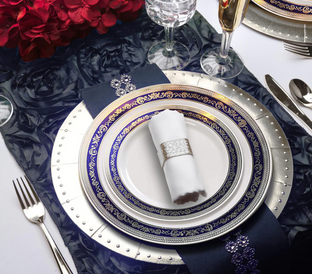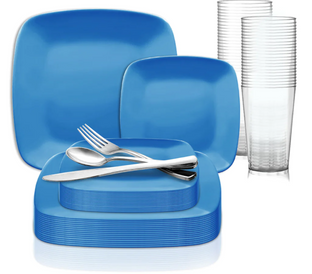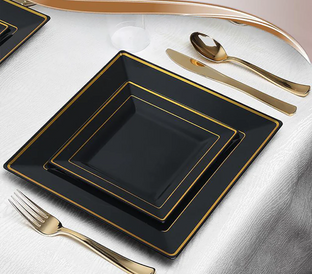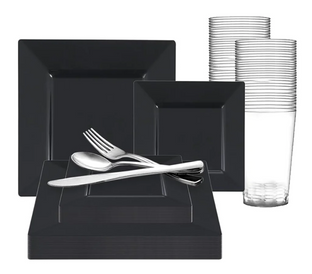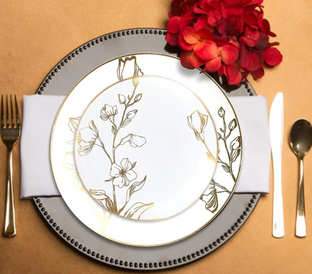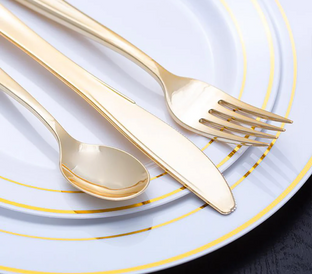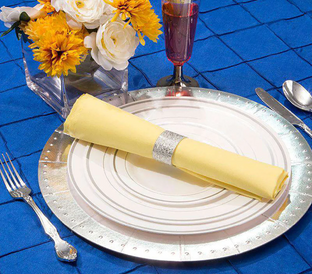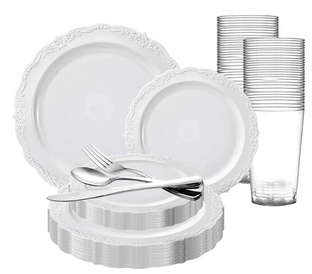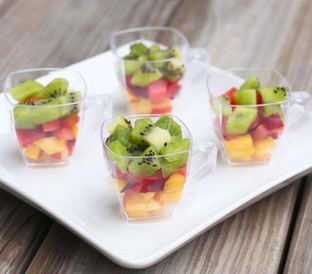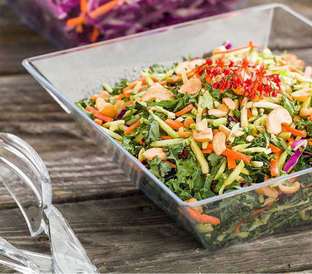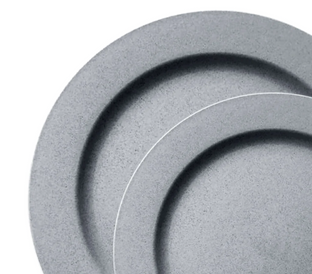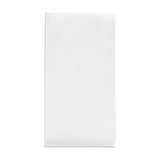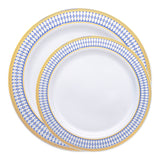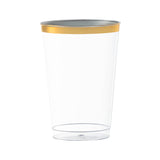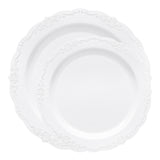
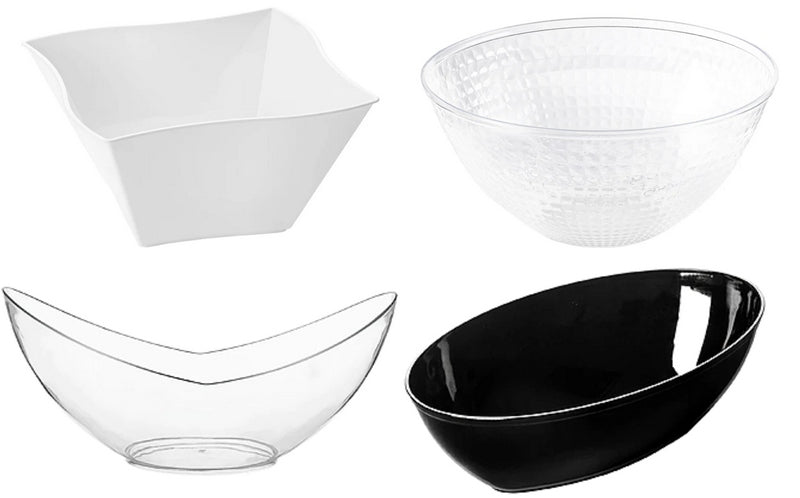
How to Tell if a Plastic Bowl Is Microwave Safe
When it comes to convenient kitchenware, microwave-safe plastic bowls offer a practical solution for quick meals and reheating leftovers. However, not all containers are created equal in terms of microwave safety. This is especially true for plastic bowls, which are popular due to their lightweight nature and affordability. Knowing if a plastic bowl is microwave-safe ensures your food's safety and kitchenware's longevity. This article will teach you how to identify microwave-safe plastics and why it matters.
Looking for the Microwave-Safe Symbol?
One of the easiest ways to determine if a plastic bowl is microwave-safe is to look for specific plastic bowl symbols or labels. These indicators provide clear guidance on whether the plastic can withstand microwave heat without leaching harmful chemicals or warping.
Common Symbols to Look For
- Microwave with wavy lines: This is the most common and universally recognized symbol for microwave-safe containers.
- Three wavy lines: Another variation that indicates microwave safety.
- "Microwave Safe" text: Some manufacturers opt for clear text labeling.
Decoding Plastic Recycling Codes
If your plastic bowl doesn't have a clear microwave-safe symbol, don't worry. The recycling code on the bottom of the container can provide valuable information about its microwave compatibility.
Understanding Recycling Codes:
- #1 - PETE (Polyethylene Terephthalate): Generally safe for single-use but not recommended for microwave reheating.
- #2 - HDPE (High-Density Polyethylene): Typically safe for short reheating times, but check for specific labels.
- #3 - PVC (Polyvinyl Chloride): Not recommended for microwaving due to potential chemical leaching.
- #4 - LDPE (Low-Density Polyethylene): Usually safe for reheating, but confirm with the manufacturer.
- #5 - PP (Polypropylene): Often considered microwave-safe, but check for additional symbols.
- #6 - PS (Polystyrene): Not microwave-safe, as it can release harmful chemicals when heated.
- #7 - Other: Includes various plastics; plastic container safety depends on the specific type.
Tips for Using Recycling Codes:
- Check Manufacturer Guidelines: Recycling codes alone may not guarantee safety. Always refer to the manufacturer's guidelines for microwave use.
- Avoid High-Temperature Plastic: Even if plastic is labeled microwave-safe, it's best to avoid prolonged exposure to high temperatures to prevent potential risks.

Alternative Methods for Safe Reheating
If you're unsure about safe reheating in plastic or prefer not to use it in the microwave, there are alternative methods for reheating food safely.
The Water Test (Use with Caution!)
- Fill a microwave-safe glass cup with water.
- Place it next to the empty plastic bowl in the microwave.
- Heat on high for one minute.
- Carefully check the temperature of both containers.
- If the plastic bowl is cool and the water is hot, it's likely microwave-safe.
Additional Reheating Tips:
- Use Eco-friendly Bowls: For guaranteed microwave safety, consider using palm leaf bowls, typically designed to handle high temperatures without any issues.
- Transfer Food to Microwave-Safe Containers: When in doubt, transfer your food to a labeled microwave-safe container to avoid any risks.
 Understanding how to tell if a plastic bowl is microwave-safe is crucial for both safety and convenience in the kitchen. You can make informed choices about your kitchenware by looking for microwave-safe symbols, understanding plastic recycling codes, and utilizing alternative reheating methods.
Understanding how to tell if a plastic bowl is microwave-safe is crucial for both safety and convenience in the kitchen. You can make informed choices about your kitchenware by looking for microwave-safe symbols, understanding plastic recycling codes, and utilizing alternative reheating methods.
Visit our disposable bowls collection for a wide range of safe and stylish disposable dinnerware options. With the proper knowledge and the right products, you can enjoy the convenience of microwave cooking while ensuring the safety of your meals and the longevity of your kitchenware.

